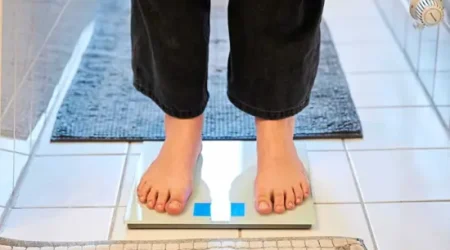5 Types of Cosmetic Dentistry Procedure to Improve Your Smile

Our teeth are an important part of how we look. However, over time, their appearance may change, and they may also be affected by some issues like cavities, tooth decay, and discolorations.
If you have any problems affecting your teeth and want to improve your teeth, cosmetic dentistry is the best way. It is done to improve the aesthetic appearance and quality of your teeth by solving those problems.
There are several procedures that you can choose from, each solving different problems.
1. Teeth whitening
This is one of the most common and most used procedures to better the smile. You may have permanent discoloration, yellowing, or staining of the teeth that does not go away with brushing and flossing.
You might have also tried some home remedies like baking soda and oil pulling, but they don’t work. The best option is getting your teeth professionally cleaned by a dentist. Teeth staining and discoloration may be caused by the foods and drinks you have, exposure to certain metals via the water you drink, smoking, or tartar build-up on your teeth.
Teeth whitening is a procedure that only takes one visit to the dentist’s office. The dentist first removes any tartar, plaque, and food debris on your teeth. The teeth are then whitened using bleaching agents, which help achieve even a whiter color.
Professionals recommend that you have your teeth professionally cleaned twice a year.
2. Teeth implants
These are used to replace a missing tooth. They are put in place using a tiny titanium screw that acts as a root to support the tooth’s crown. The dentist chooses a dental implant that matches the natural color of your teeth the closest, such that nobody can tell the difference.
To keep them looking good for long, you should practice proper dental hygiene.
3. Dental veneers
Veneers are thin shells that are made using dental composite or dental porcelain, meant to cover the front of the teeth. They are used to deal with problems like chipped, broken, severely discolored, misaligned, or misshapen teeth.
It can also be used to address a visible gap between the teeth. Application of veneers takes two visits to the dentist’s office. The first visit involves the dentist examining your dental and overall health and designing the veneers that will fit and match your teeth perfectly.
That involves picking out the color of the composite material, taking x-rays of your teeth, and making a model of your teeth that will be used to design the veneers. Temporary veneers may also be put in place.
The second visit involves placing the permanent veneers on the teeth using a cementing material. The dentist will then make any final adjustments to the veneers, reshape, and file them to perfectly match the natural tooth.
You are advised to take proper care of the veneers by practicing good oral hygiene. You should also avoid using a harsh toothpaste or a hard brush and flossing between the teeth that have the veneers.
4. Dental bonding
Bonding is a procedure that involves placing a putty-like substance over your teeth. It is used to address issues like severe discoloration, broke, decayed, or chipped teeth.
The putty-like substance is made in the lab and is designed to perfectly match the rest of the teeth. Bonding is also done in two visits to the dental office.
The first involves an examination by the dentist to determine the color of the substance to be used on your teeth. The dentist may also remove the decayed or damaged part of the tooth in preparation for the putty placement.
The second visit involves the placement of the bonding substance, which is then cured using a high-intensity light.
5. Dental crowns
Crowns, also called caps, are custom-made to fit over damaged teeth. They help protect teeth that are severely stained, damaged, decayed, cracked, chipped, or misshaped. They may also be used to ensure that teeth are of the same size, in case one is shorter than the rest.
They are made from porcelain, ceramic, metal, composite, or metal fused with porcelain. Porcelain crowns are the ones that are the closest to the natural color of the teeth, but if you want a change, you can go for metal crowns.
After getting any of these procedures to restore your smile, you should practice good dental hygiene to keep them in the best shape.
You may also experience a change in your bite, discomfort, swelling, and teeth sensitivity, but your dentist will recommend some ways to help deal with those side effects.












Leave a Reply